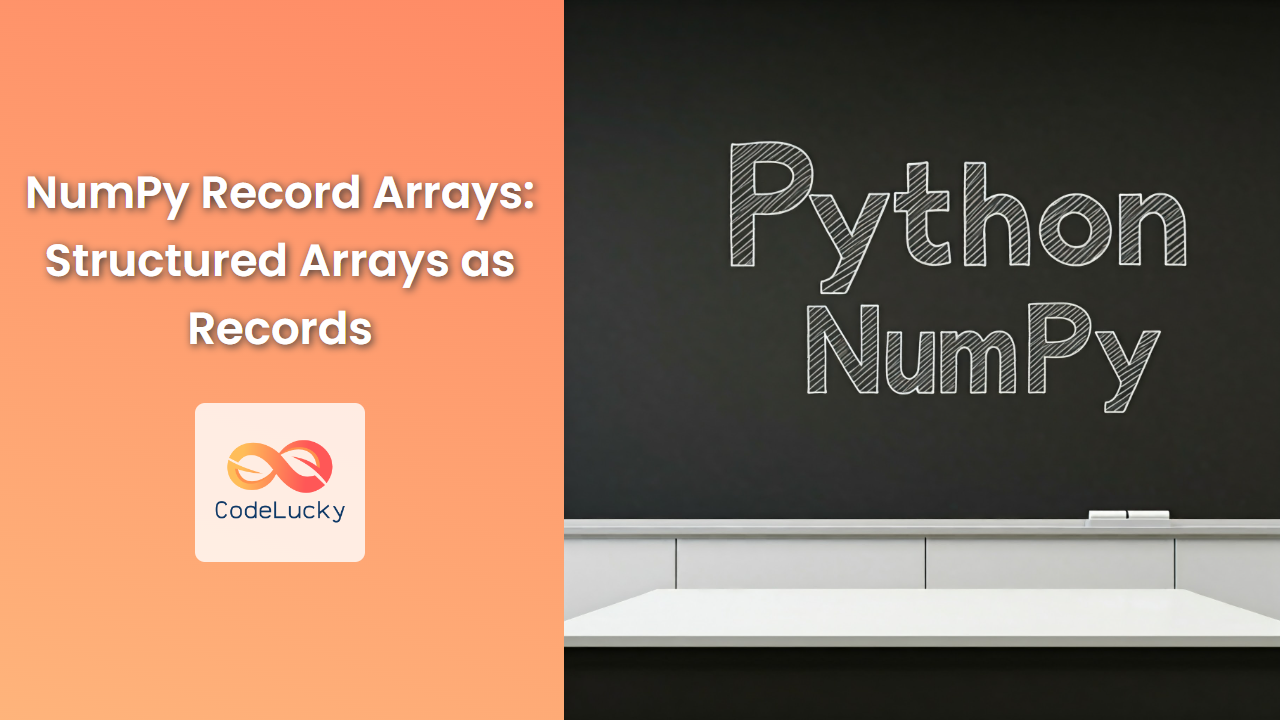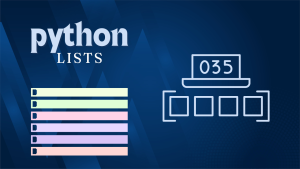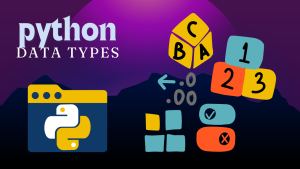NumPy's record arrays, formally known as structured arrays, are a powerful tool for working with heterogeneous data – data that combines different data types within a single structure. Imagine a dataset containing information about students: their names, ages, and grades. A record array can elegantly store this data, allowing you to access and manipulate each student's information as a unified entity.
This article delves into the world of record arrays, exploring their creation, manipulation, and applications. We'll uncover their unique capabilities and demonstrate how they excel in organizing and managing structured data.
Creating Record Arrays
The foundation of a record array lies in its dtype – a structured data type that defines the fields and their corresponding data types. Let's create a record array representing student information:
import numpy as np
student_dtype = np.dtype([('name', 'U10'), ('age', 'i4'), ('grade', 'f8')])
students = np.zeros(3, dtype=student_dtype)
Understanding the Code:
student_dtype: This defines the structure of our record array. We specify three fields:name: A Unicode string with a maximum length of 10 characters (U10).age: An integer (i4).grade: A double-precision floating-point number (f8).
np.zeros(3, dtype=student_dtype): We create an array with three elements, each initialized with zeros and having the specifiedstudent_dtype.
Filling the Record Array
Now, let's populate our record array with data:
students[0] = ('Alice', 18, 85.5)
students[1] = ('Bob', 19, 92.0)
students[2] = ('Charlie', 20, 78.0)
print(students)
Output:
[('Alice', 18, 85.5) ('Bob', 19, 92. ) ('Charlie', 20, 78. )]
Explanation:
- We assign values to each record in the
studentsarray. - Each record consists of a tuple containing the values for the corresponding fields (
name,age,grade).
Accessing Record Array Data
Using Field Names
We can access individual fields using their names:
print(students['name'])
print(students['age'])
print(students['grade'])
Output:
['Alice' 'Bob' 'Charlie']
[18 19 20]
[85.5 92. 78. ]
Using Index and Field Names
We can also access specific records and their fields using index and field names:
print(students[0]['name'])
print(students[1]['age'])
print(students[2]['grade'])
Output:
Alice
19
78.0
Manipulating Record Arrays
Updating Field Values
We can easily update individual fields:
students['grade'][0] = 90.0
print(students[0])
Output:
('Alice', 18, 90.0)
Using Array Operations
Record arrays support various array operations:
print(students['age'] > 18)
Output:
[False True True]
This operation checks whether the age of each student is greater than 18.
Creating Record Arrays from Lists
We can directly create a record array from a list of dictionaries:
student_data = [
{'name': 'Alice', 'age': 18, 'grade': 85.5},
{'name': 'Bob', 'age': 19, 'grade': 92.0},
{'name': 'Charlie', 'age': 20, 'grade': 78.0}
]
students = np.array(student_data, dtype=student_dtype)
print(students)
Output:
[('Alice', 18, 85.5) ('Bob', 19, 92. ) ('Charlie', 20, 78. )]
Advantages of Record Arrays
- Structured Data Organization: Record arrays excel at representing and managing structured data, where each record represents a coherent entity.
- Efficient Access: Field-based access allows for straightforward retrieval and manipulation of specific data points within records.
- Vectorized Operations: Record arrays support NumPy's vectorized operations, enabling efficient processing of large datasets.
Practical Examples
1. Student Database
Imagine creating a system to manage student information. A record array can store data for each student, including their name, age, grades, and contact details.
2. Sensor Data Analysis
A sensor network can collect data from various sensors. Using a record array, we can store data for each sensor, such as sensor ID, timestamp, and sensor readings.
3. Financial Data Analysis
A record array can hold financial data like stock prices, trade volumes, and dates for different companies.
Conclusion
NumPy record arrays are a powerful and versatile tool for working with structured data in Python. They provide an efficient and organized way to handle heterogeneous data, making them ideal for tasks like data analysis, scientific simulations, and database management.


















